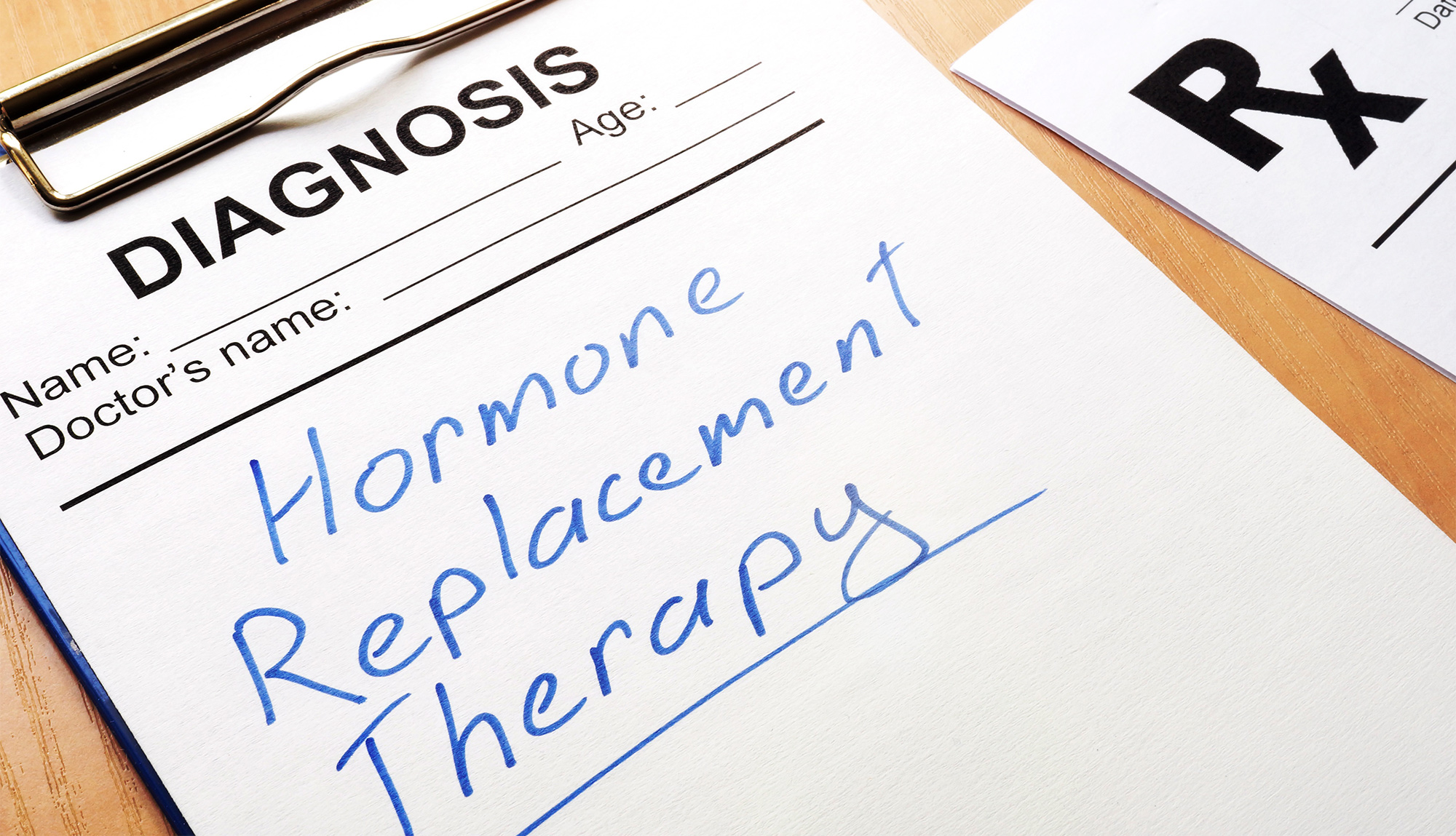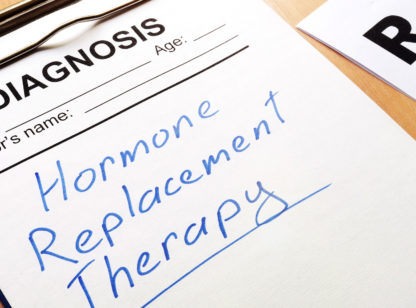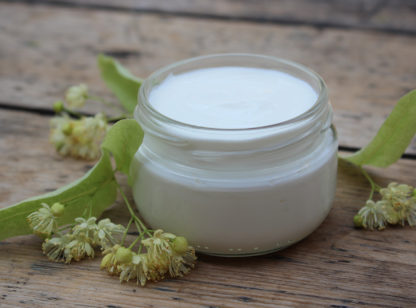Merely using a bioidentical hormone replacement therapy doesn’t guarantee lasting health benefits; it’s a lot more complex than that. Equally important is selecting the right delivery method—meaning the way in which the hormones enter the body and find their way to appropriate receptors to perform their work.
Not all bioidentical hormone treatments can effectively achieve these things. There is no magic pill, potion, injection or patch that can instantly solve hormone deficiency and create an internal homeostatic environment. However, in my practice, I have found the pellet delivery system, which more closely replicates the body’s way of doing things, to be the closest. This entails using the bloodstream to provide a natural, stable, and continuous flow of just the right amounts of hormones when needed.
While some hormone replacement methods may temporarily improve symptoms like hot flashes or night sweats, these delivery systems cannot achieve the hormonal balance you need for the long term. As much as symptom relief can be a blessing, you really need more.
Returning women and men to a “normal” (meaning what’s normal for that individual) physiologic state with the goal of achieving a state of hormonal equilibrium (homeostasis), not just treating their vaginal dryness or erectile dysfunction, is true optimization. The recreation of this natural state requires a delivery system that communicates with the pituitary and utilizes the pituitary hormones to regulate levels of bioavailable sex hormones in the bloodstream. This is nature’s perfect means of production and transportation, so why not emulate it? It only makes sense.
Creams. The popularity of topical (transdermal) hormone creams and gels is growing and while there are many benefits, there are also issues to consider. On the plus side, topical creams and gels are both bio-identical and easily absorbable. Using a custom-compounded prescription allows the body to absorb hormones directly into the blood stream bypassing the gastrointestinal system and liver and many of my patients find this to be adequate for them as it gives them more control.
The downsides of creams include the following:
- Topical creams and gels are not bioavailable when needed; they are not time-released around the clock. Instead, they produce a “roller-coaster” effect of hormonal ups and downs that may cause variable or unstable symptom control.
- Determining the required dosage may be a challenge because of unpredictable absorption. How much someone needs is assessed by symptom control and/or test results so finding the right level for someone may take time.
- Hormone creams and gels must be used very carefully. They are absorbed into the skin and stored in subcutaneous fat cells which can then spill back into the system causing a progressive overdosing after months of use, thus a need to rotate the application site.
- Skin-to-skin contact can cause harm to others, including children and pets.
- Topical testosterone may cause application site hair growth.
Pellets. Some of the downsides of pellets include:
- Once the pellet is inserted, it cannot be removed. You must wait until the hormones in the pellet have been fully released, although the dose is generally adjusted at subsequent insertions (every 3-6 months) depending on the patient’s response, blood results and side effects.
- Insertion entails a minor procedure using an anesthetic and the site takes a few days to heal. There may be soreness and bruising.
- Complications are very rare, but include hematoma (blood clot in procedure site) infection and pellet expulsion.
Understanding the difference between options is imperative and will allow you to make the best choice to achieve symptom control, hormonal balance and homeostasis.
Dr. Harris is an integrative gynecologist specializing in bio-identical hormones and founder of Nurturing You Women’s Health & Wellness. She is also a certified physician for SottoPelle hormone pellets and can be reached at (844) 845.8737.












































Comments (4)
I am a male looking to get off levothyroxine by switching to a bio identical hormone replacement cream. This was a recommendation of a doctor from Logical Health Alternatives. Any suggestions?
Thank you, Will and happy holidays. I will forward this to one of our integrative doctors to get an answer for you.. probably after the holidays.
Thank you for reading Desert Health ~
Lauren Del Sarto
Publisher
Thank you, Will. The hormone replacement cream for levothyroxine is not always the best in comparison with say, testosterone, as the delivery method of intramuscular (IM) injection/shots may be better option. Armor Thyroid or NatureThroid oral prescription is likely sufficient to intake versus synthetic thyroid hormones.
Best suggestion would be, however, to do extensive thyroid function testing, not just the thyroid-stimulating hormone (TSH) that is typically run at most medical offices. This checks antibodies, free T3, free T4, total T3, total T4, thyroperoxidase. You then consult with a doctor to prescribe the proper hormone management for the thyroid gland.
Thank you, Dr. A! Will, Dr. Ahmad is with Optimal Health Center in Palm Desert and can be reached at (760) 568.2598 should you have any further questions for him.
With appreciation ~
Lauren Del Sarto
Publisher